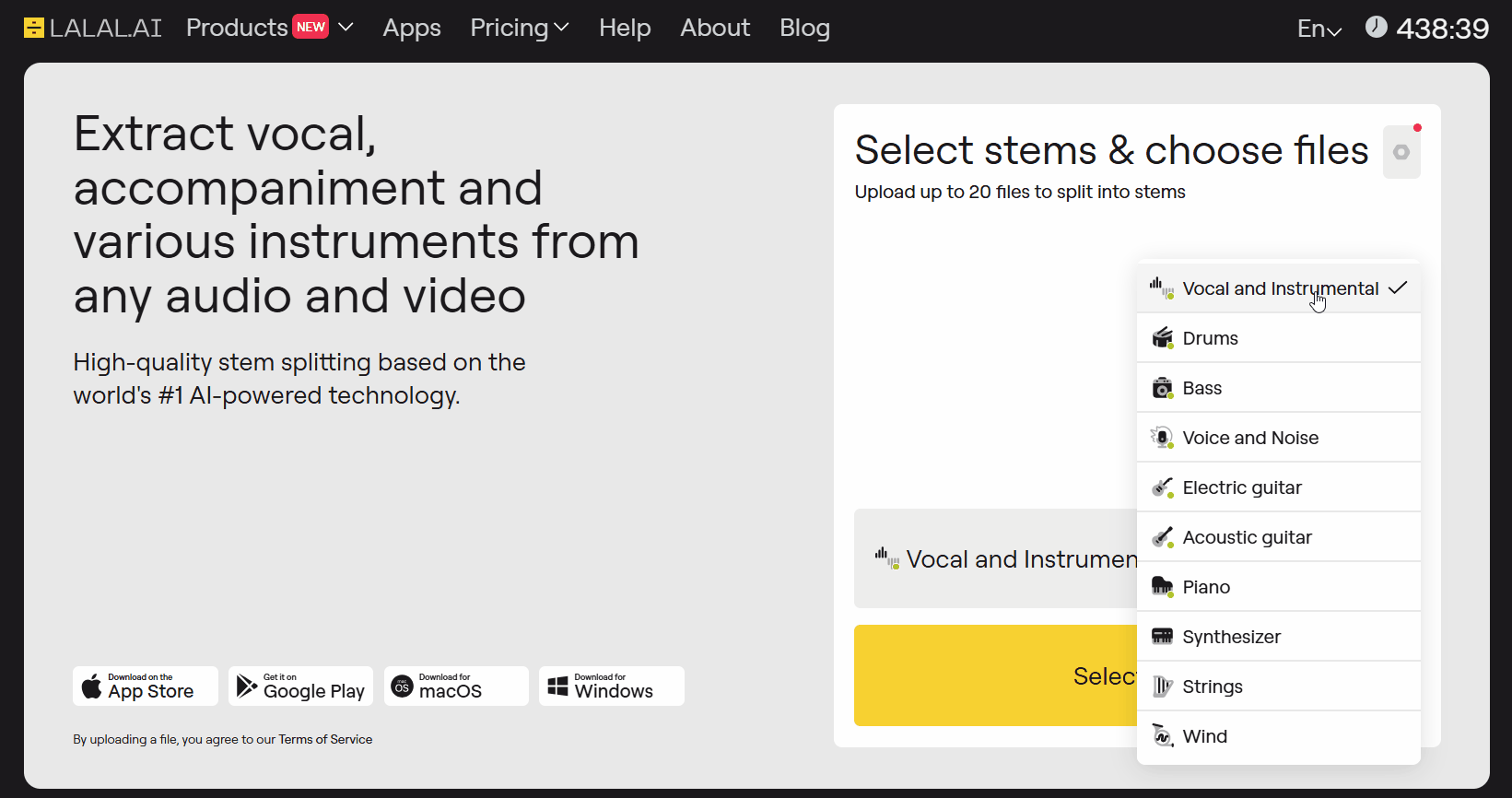LALAL.AI for Classical Musicians: Practical Applications for Learning, Practice, and Creativity
Learn practical tips for extracting instrument groups, creating backing tracks, analyzing music, and turning recordings into sheet music with LALAL.AI.

Classical musicians—students, teachers, and performers—often encounter specific challenges as they learn new pieces, prepare for performances, or experiment with arrangements. In recent years, AI-powered tools like LALAL.AI have become valuable resources, offering fresh ways to approach music-making and education.
Let’s look at how LALAL.AI’s audio separation technology can support classical musicians in their daily work, from individual practice to ensemble preparation and creative projects.
1. Isolating Instruments for Focused Practice
Learning a part within a complex orchestral or chamber work can be tricky, especially when it’s hard to hear your own instrument clearly in a full recording. LALAL.AI’s stem separation feature makes it possible to extract a single instrument or group from any recording.
Simply choose the instrument you want to isolate, upload your favorite performance to LALAL.AI, and let the AI process the audio. The result is a clear, high-quality track of just that instrument, which you can use for focused practice, ear training, or as a backing track for live performance.
Having access to isolated parts helps musicians understand how their line fits into the overall texture, making practice sessions more productive and enjoyable.

2. Analyzing and Studying Music
LALAL.AI is a really helpful tool for musicians who want to better understand their parts or practice with accompaniment. For example, if you have a recording of a piano concerto or a duet, you can use the service to separate the piano from the orchestra or to highlight a specific group of instruments. This is especially useful when preparing for a performance or analyzing a complex piece.
Sometimes, especially with older or less clearly mixed recordings, it’s not possible to separate every single instrument perfectly. But in most cases, LALAL.AI gives you a clean enough track to work with, making it much easier to focus on your own part or to practice with a realistic backing.
Musicians who use LALAL.AI often say it helps them get a clearer picture of the music and makes rehearsing more practical and enjoyable. You can hear how your part interacts with others, and that makes preparing for concerts or lessons a lot more straightforward.
It’s not just performers who benefit from this — music writers and researchers use LALAL.AI too. For example, Kevin Moore, a well-known music author and editor, uses the service to analyze recordings and write about the details of each instrument’s playing. In his work, being able to hear individual parts (not just the notes, but the nuances of timing and feel) helps him create more accurate and insightful books and articles.
3. Preparing for Performances and Making Sheet Music
When getting ready for a concert or audition, having a clear backing track can make rehearsals much more effective. LALAL.AI lets you extract the accompaniment or the section you’ll be playing with, so you can practice as if you’re with the full ensemble. This is especially helpful for chamber musicians and soloists who need to work on their part in context.
If you’re working with a piece that doesn’t have available sheet music, or if you want to create your own arrangement, LALAL.AI can help bridge the gap between audio and notation. After processing your recording, you can take the extracted audio and upload it to programs like AnthemScore or ScoreCloud. These tools listen to the audio and create a rough version of the sheet music, which you can then edit and adjust as needed. This approach is practical for musicians who want to learn or arrange music by ear, as well as for teachers preparing parts for their students.
4. Creative Projects and Arrangements
LALAL.AI gives musicians new ways to experiment with music. If you hear a recording you like and want to make your own version or arrangement, you can extract the instrument groups you need and use them as a starting point. This is useful if you’re trying out different styles, genres, or instrumentations.
For example, you might take a classical piece and rearrange it for a smaller group, or add new elements to create a fresh sound. By isolating the parts you want to work with, you can focus on your creative ideas without being limited by the original arrangement.
The service is also helpful for making teaching materials or demo tracks. You can prepare backing tracks for students to play along with, or create examples that highlight specific musical details. It makes learning and teaching more interactive and gives you more options for sharing musical ideas.
5. Working with Vocals and Choirs
LALAL.AI is particularly effective at separating vocals from a recording. Singers and choir directors find this especially useful when preparing for performances or learning new music. You can extract the backing track and practice your part with a clean accompaniment, or listen to how the vocal sections sound on their own.
For choir directors, being able to isolate the vocal parts from a choral recording is a real advantage. You can create practice tracks for your singers, making it easier to rehearse tricky passages and balance the ensemble. This clarity helps everyone understand the structure and details of the music, and makes rehearsals more productive and enjoyable.
Getting Started with LALAL.AI for Classical Music
Using LALAL.AI is straightforward. Visit the LALAL.AI website, upload your audio or video file, and select the instrument or part you want to isolate or remove. The platform supports a wide range of file formats, including MP3, WAV, FLAC, and video files like MP4 and MKV.
Once your file is processed, you can listen to the results, download the isolated tracks, and use them for practice, study, or creative projects. The process takes just a few minutes, and the results are impressively accurate, thanks to the advanced neural networks and real-time processing.
Follow LALAL.AI on Instagram, Facebook, Twitter, TikTok, Reddit, and YouTube for more information on all things audio, music, and AI.
